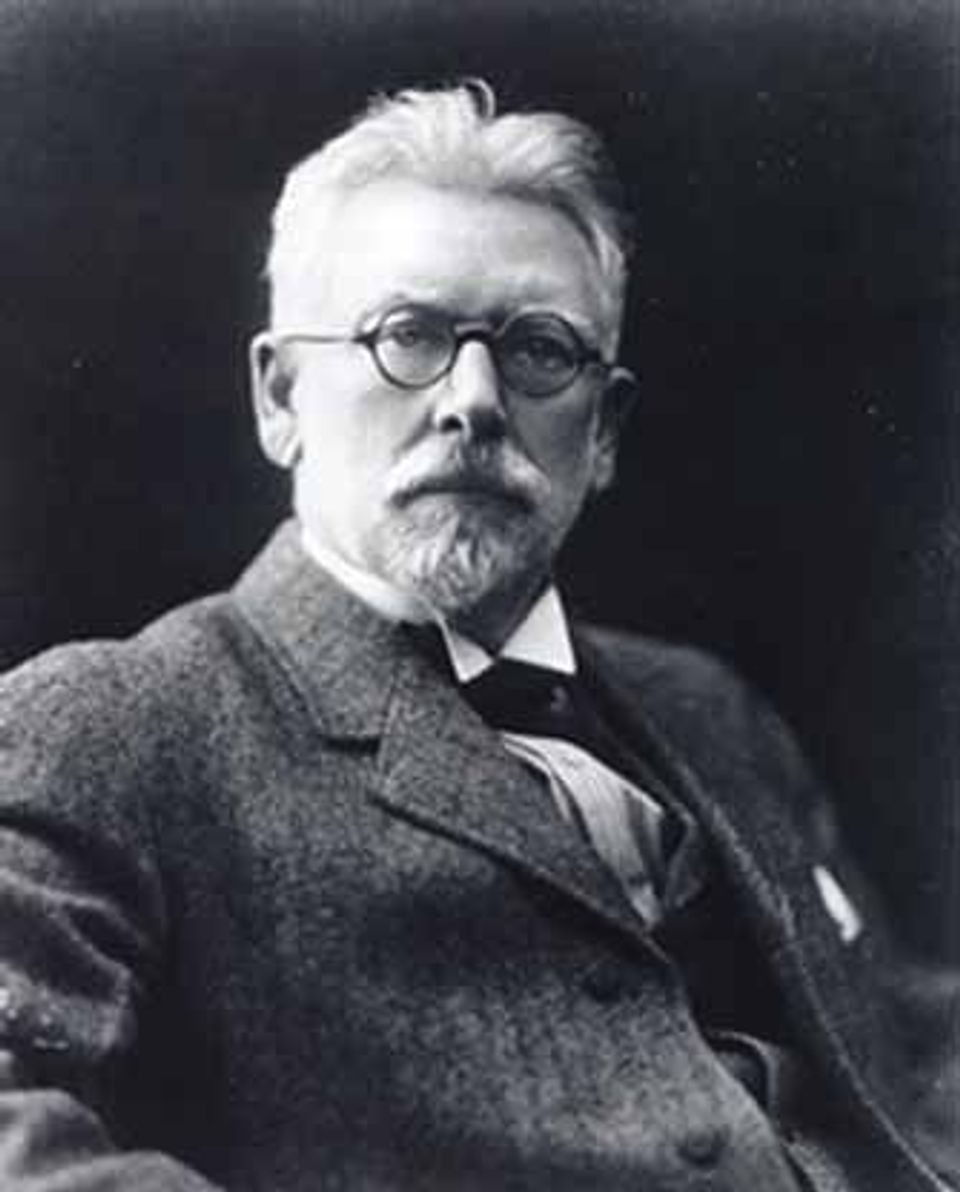Artist Biography
Son of a commerical photographer, Henry Ward Ranger attended Syracuse University between 1873 and 1875. He opened a studio in New York about 1884 and then traveled extensively abroad, making lengthy visits to museums in England and on the Continent. His travels included a trip with Horatio Walker to Holland, where he spent two or three years. Beginning in 1899, he began spending his sumers sketching in the vicinity of Old Lyme, Connecticut. He set up a country studio at Noank, Connecticut, where he spent six or seven months of the year, spending the late autumn and early winter in New York City, and mid-January to early spring in Puerto Rico or Jamaica. Around 1900, Ranger helped establish an artists' colony at Old Lyme and in 1901 was elected an associate of the National Academy of Design. He was made a full academician in 1906. Ranger's many honors and awards included a bronze medal at the International Exposition of 1900 in Paris and a silver medal at the American Art Society in 1907 in Philadelphia. According to the terms of his will, Ranger bequeathed his entire residuary estate to the National Academy of Design for the purchase of paintings by living American artists, such work to be distributed or accessioned by the National Collection of Fine Arts [now the Smithsonian American Art Museum].
A sound business man, congenial raconteur, and clever experimenter with pigments, Ranger deserves special credit for giving the original impetus to the "American Barbizon" colony in Old Lyme. His specialty was forest interiors in which one is led in quiet stages back into the woods or down a winding stream. He lavished great attention on the bark of large, partially lit trees, their autumn leaves rendered in thick dabs of paint over damp varnish. An assiduous student of Barbizon and nineteenth-century Dutch art during all of his formative years, Ranger maintained a deanship among American landscapists of his era. This did not produce a bevy of promising followers, however, although the stamp of his meditative approach to nature can be found in the landscapes of several of his contemporaries, including Elliott Daingerfield and Hugh Bolton Jones.
Peter Bermingham American Art in the Barbizon Mood (Washington, D.C.: National Collection of Fine Arts and Smithsonian Institution Press, 1975)














